As Argentina is a country made up of immigrants for the most part, it makes perfect sense that its grapes (excluding Torrontés) are also documented aliens. Take our dearly beloved Malbec. We all know it originates from Cahors in south-west France, don’t we? That’s right, the Old World has had its hand in defining Argentina’s viniculture, thanks to big hitters Chardonnay, Merlot, Cabernet Sauvignon and of course Malbec – from Salta in the north to Patagonia in the south. The aforementioned are some of the most well-known immigrant varietals in Argentina, but what about Italy’s Pinot Grigio or Germany’s Riesling, star grapes in their homeland but lesser known here: how do they fare in this Latin American terroir?
Pinot Grigio, Italy
If Pinot Grigio could speak, it would scream “drink me” given that it’s Italy’s most exported wine. Yet only a smattering of Argentine wineries produce it, despite this fresh and fruity, dry white number wooing the most tentative of wine drinkers. Revelling in warm days and cool nights in the Veneto and Friuli regions in Italy’s north-east, this versatile white also does splendidly in France’s Alsace, where it is known as Pinot Gris. While Veneto and Friuli produce light- to medium-bodied Pinot Grigio, Alsace’s colder climes lead to more aromatic, fuller-bodied Pinot Gris with high acidity and marked spiciness. One cépage, two names, two styles, and each crops up in two Argentine provinces: Mendoza and San Juan.
Lofty San Juan’s altitude varies between 300 and 2,400 metres above sea level – although the region’s principal Pinot Grigio producer’s vineyards are found between 600 and 1,350 metres – and the dry climate means it is relatively free of harmful pests. Graffigna Wines’ Pinot Grigio cultivated in Tulum Valley is textbook Italian with citrus, orchard fruits and floral notes – an easy-peasy, early consumption wine suited to pasta and seafood dishes. And Argento’s own Pinot Grigio cultivated in Rivadavia and Tunuyán in Mendoza has similar characteristics and also reveals tropical fruits such as pineapple and peach.
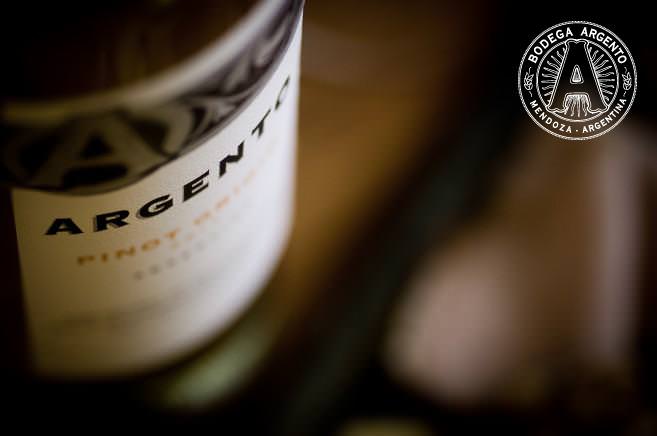
Argento Pinot Grigio; photo by Jocelyn Mandryk.
But in Mendoza’s equally lofty Uco Valley, however, we’re talking doggy style AKA Alsatian Pinot Gris. With similar elevation – 800 to 1,200 metres – to San Juan and impressive thermal amplitude (day and night temperatures can vary by 20ºC or more), Pinot Gris at Uco’s François Lurton winery, for example, is high in acidity with the added bonus spicy notes as well as tropical ones such as lychee and melon.
Cabernet Franc, Bordeaux, France
If Cabernet Sauvignon is the all-conquering, dominant African lion of Bordeaux’s big five grapes, its lighter, possibly brighter sibling Cabernet Franc is the leopard. While it usually forms part of high-powered Bordeaux blends, Cab Franc stands on its own two feet as a varietal in neighbouring Loire. And while this French champion is a relatively new addition to Argentina’s vineyard map, it principally takes its initiative from the Loire.
Less elusive than Pinot Grigio/Gris, this dry red is faring well in many parts of Mendoza, such as Malbec capital Luján de Cuyo, Maipú to the east and pockets of high-altitude Uco Valley such as La Consulta and Tupungato. It’s also seen as Argentina’s next grape expectation, possibly surpassing the lion in terms of the number of vines planted in Argentina, according to CAVE wine institute’s Marcelo Solá.
This French immigrant is also garnering quite a reputation in Patagonia. One winery making waves is Bodega Del Desierto, which set up shop in La Pampa province’s barren desert. Its deep, ruby-red characteristics are similar to its French counterpart: fresh berries such as cassis and raspberry, while vegetable aromas such as sweet pepper are also predominant in this dry wine, usual when it grows in colder climes.
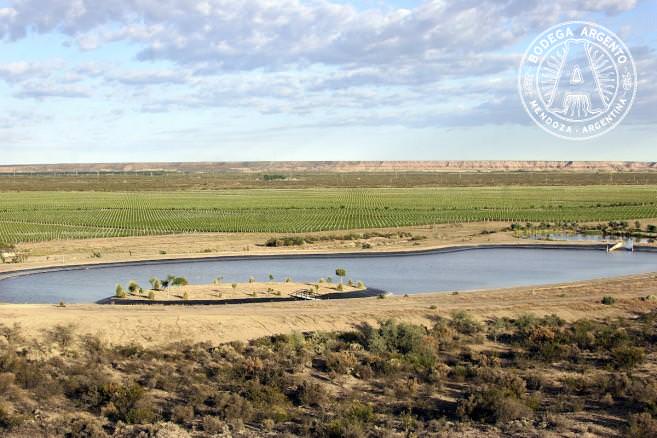
Bodega Del Desierto in La Pampa.
Another winery producing Cab Franc in Patagonia is Bodega Del Río Elorza from Cipolletti in the Alto Valle del Río Negro, close to the Limay and Neuquén rivers in Río Negro province. A more transparent ruby red due to the colder climate, it’s bursting with fresh red fruits and spices – again, similar to its French counterpart. Try pairing it with duck or gamey meat.
Riesling, Germany
This leading lady is synonymous with Germany’s Mosel-Saar-Ruwer and Rheingau regions. Riesling is an elegant and diverse white that runs the gamut from extremely dry to sweet Beerenauslese and Eiswein (ice wine), offering up profound aromas from lime blossom to petrol, depending on its age. This grape fares extremely well in Germany’s cold yet sunny climates as well as in Austria and Alsace, although Alsatian winemakers often chaptalise (add sugar to the must). Not so in Argentina (and not just because it’s illegal).
The few wineries producing Riesling stick to Mendoza to bring out its mineral complexity and fresh, balanced acidity, although it’s also grown in Cafayate, Salta and used in blends rather than as a stand-alone varietal. However, it’s not a new addition locally as it was one of the first two whites Bodega Luigi Bosca started to grow 60 years ago, according to the winery’s director Alberto Arizu (h).
“Although my grandfather started to cultivate it, motivated by its fines and virtues, it was my father, engineer Alberto Arizu (p), who really started to push it. Seduced by this great varietal, he studied it for a long time before interpreting it through our soils,” he says.
While German Riesling is usually cultivated in a terrace formation in riverside valleys, Luigi Bosca takes advantage Luján de Cuyo’s altitude to give it an Argentine touch, growing vines at 1,150 metres above sea level in Las Compuertas vineyard, an area with a particular microclimate whose sun-kissed grapes are cooled by night breezes. The result? A delicate dry white with mineral and floral aromas and refreshing acidity ideal for accompanying Thai dishes.
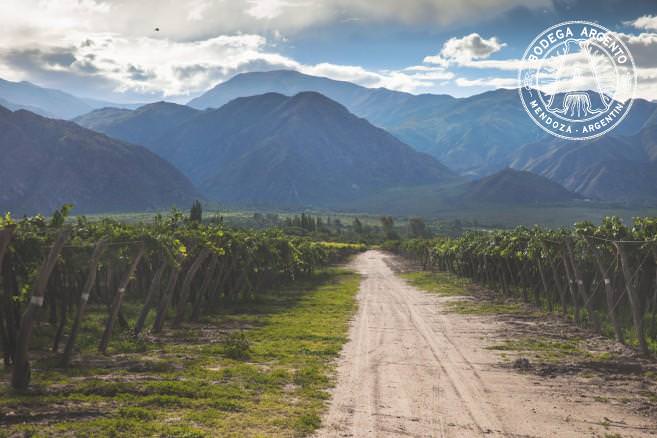
Vineyards in Cafayate, Salta; photo by Chris Ford.
Tempranillo, Spain
Racking up the accolades and bursting with prestige in Rioja and Ribera del Duero, Spanish native Tempranillo – that country’s most planted grape – is defiantly low key, despite migrating to Argentina in the mid-19th century. Full-bodied, fruity and spicy in the same sip, some Argentine bodegas have ditched the traditional Spanish en vaso (free-standing, low bush vines) cultivation method for cordon trellis and canopy styles. One similarity, however, is the hot days and cool nights replicated in Mendoza, which is ideal as it’s a varietal that laps up sun like a thirsty hound.
Sebastián Zuccardi, winemaker at Zuccardi Wines, says: “My grandfather Alberto Zuccardi planted our first Tempranillo vines in 1973 in Santa Rosa. And my dad saw the great potential in this grape’s quality. It’s a varietal that likes warm climates and permeable soil. And it’s found optimum terroir in Santa Rosa [620 metres above sea level]. By controlling its vigour, reserving its output and harvesting at the right moment, it produces wine full of personality and with ageing potential.”
This dark red cépage also fares well at the higher altitude of 1,200 metres in Uco Valley, however, Spanish-owned Bodega y Viñedos O.Fournier reverts to the mother nation’s tendency to grow Tempranillo en vaso in San Carlos. According to the winery, “this method leaves the grape clusters exposed while protecting them from the intense solar radiation.” And the result? “A potential lower yield per plant, leading to more concentrated aromas and a better wine structure.” With time usually spent lingering in French oak barrels, red fruits such as plum and cherry come together with tobacco aromas – perfect with roast lamb.
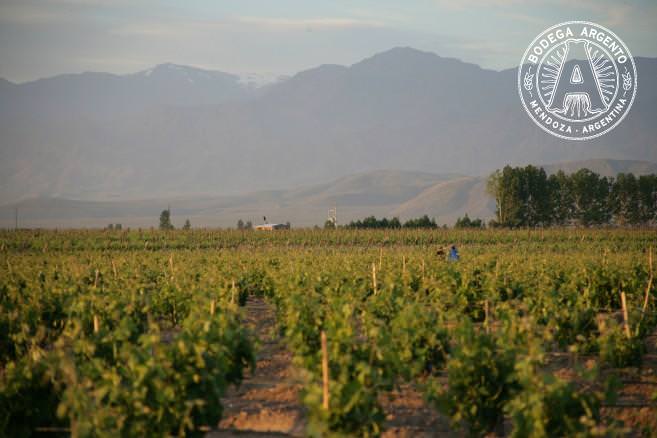
The Santa Sofia estate of O.Fournier.


Latest posts by Sorrel Moseley-Williams (see all)
- AND THE BEST SOMMELIER IN ARGENTINA IS… - December 12, 2017
- CUATRO ESQUINAS: FOUR CLASSIC CORNER RESTAURANTS IN BUENOS AIRES - March 28, 2017
- Romance in Argentina: Dating Tips and Advice - February 10, 2017

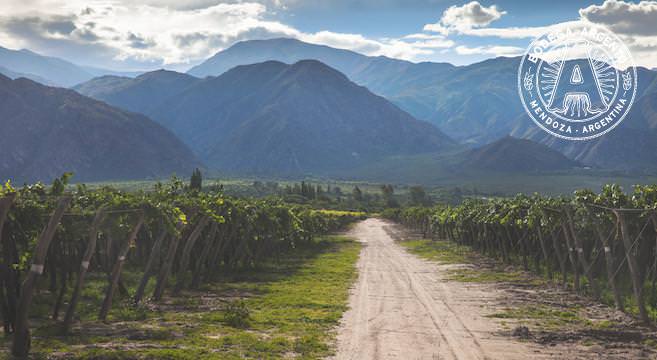
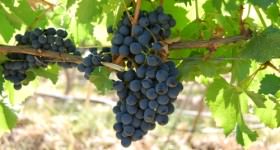 Argentinian Malbec – A Guide to the Grape’s History and Unique Style
Argentinian Malbec – A Guide to the Grape’s History and Unique Style 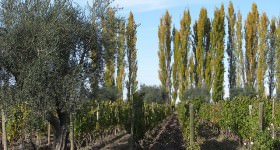 A Great Wine Grape Returns: Chardonnay From Argentina
A Great Wine Grape Returns: Chardonnay From Argentina 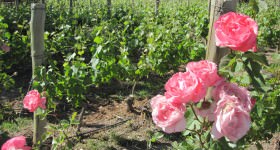 The New Wave of Wine from Argentina
The New Wave of Wine from Argentina 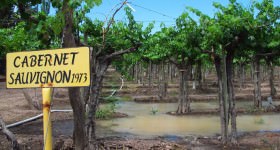 Cabernet Sauvignon – Argentina’s Next Big Red
Cabernet Sauvignon – Argentina’s Next Big Red 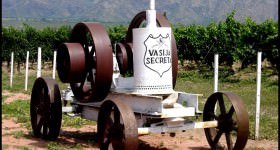 A Taste of Terroir: Argentina’s Diverse Wines & Wine Regions
A Taste of Terroir: Argentina’s Diverse Wines & Wine Regions 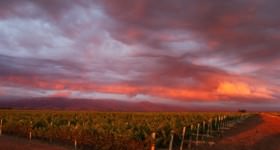 Argentina Wine Regions: Mendoza
Argentina Wine Regions: Mendoza 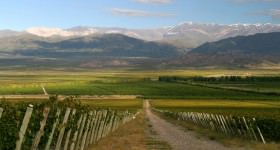 Argentina Wine Regions: San Juan
Argentina Wine Regions: San Juan  Argentina Wine Regions: Salta
Argentina Wine Regions: Salta  The Best Argentina Wine Fairs of 2014
The Best Argentina Wine Fairs of 2014 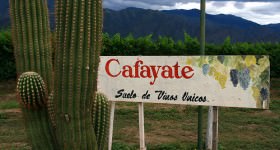 Torrontes – Argentina’s Favorite White Wine Variety
Torrontes – Argentina’s Favorite White Wine Variety  Argentina Wine Regions: Patagonia
Argentina Wine Regions: Patagonia
[…] the original post: Grape Expectations: Less Common Varieties of Argentina Wine ← How to Cook With Wine | Williams-Sonoma […]
[…] In La Paz [Culture Trip] Mistura 2014: Este Año Habrán 240 Puestos De Comida y Bebida [Terra] Grape Expectations: Less Common Varieties Of Argentina Wine [The Real Argentina] China Success ‘won’t happen overnight,’ Says Wines of […]
[…] the rest of this piece please visit TRA. Ph: Bodega Del Desierto Tagged as: Argentina wine, Argentine Pinot Grigio, Argentine […]
Love the Cab Franc
Me too!